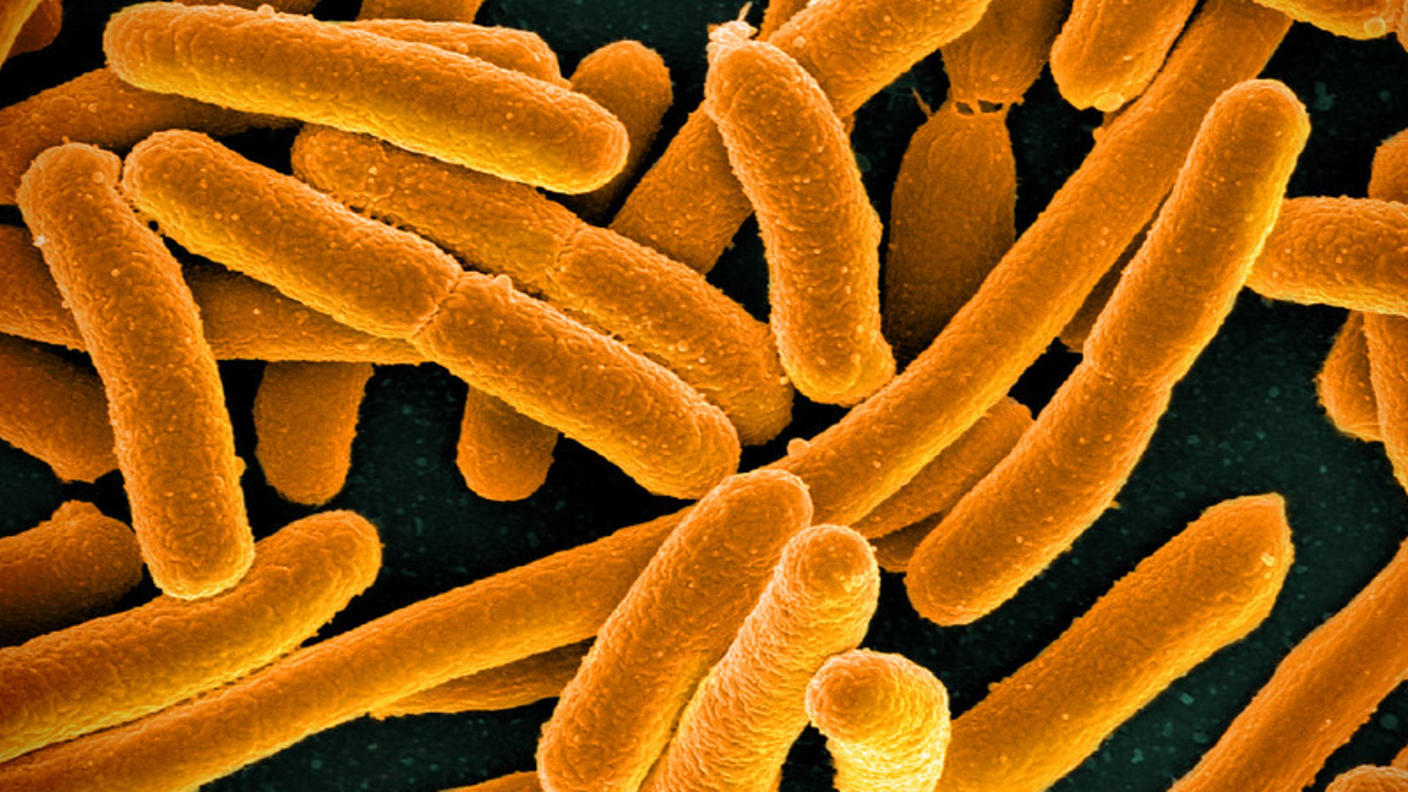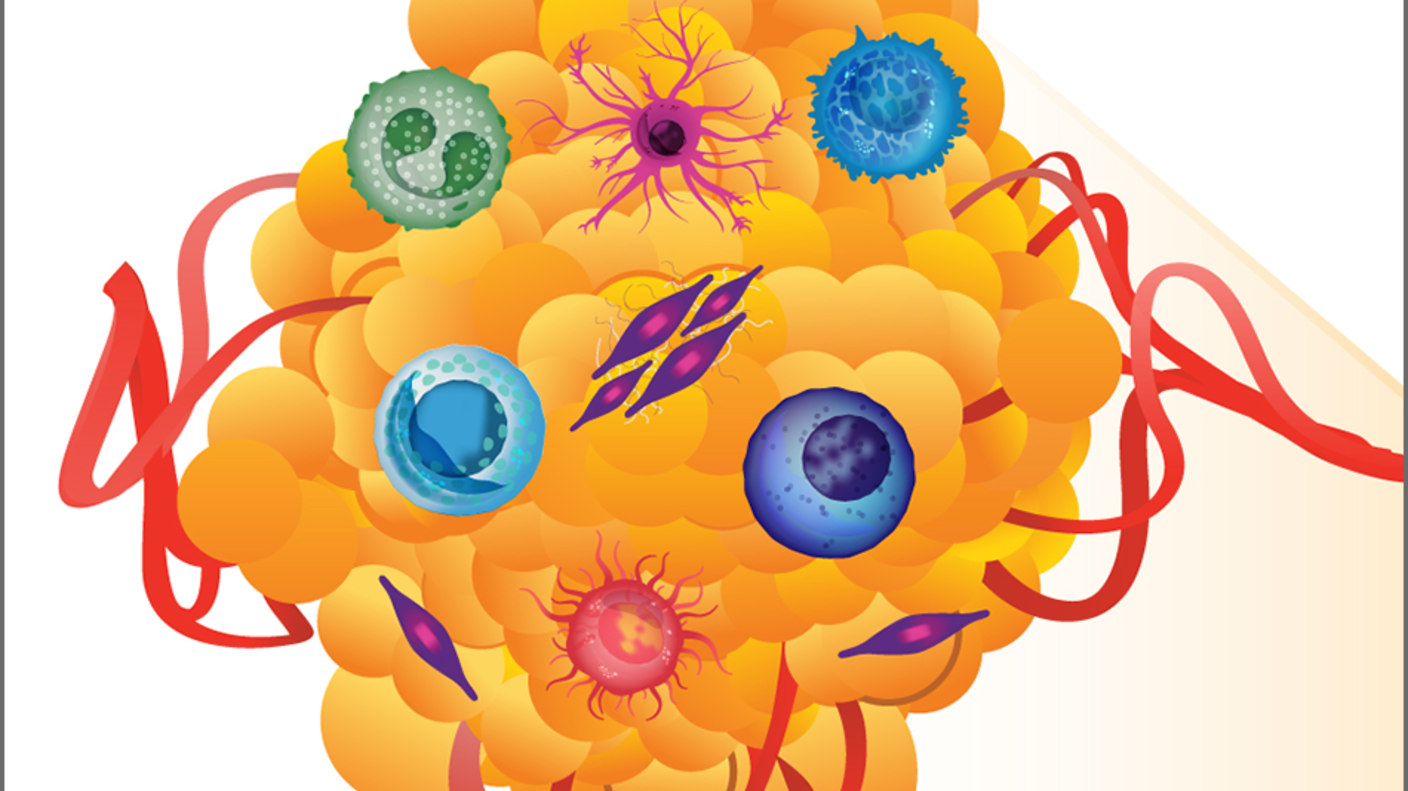Biophysics, Bioengineering, and Computational Sciences
Protein language models (pLMs) use Artificial Intelligence methods (like those used by ChatGPT) to analyze protein sequences and functions. Vincoff et al. developed FusOn-pLM, a fusion oncoprotein-specific language model to predict drug-resistant mutations and inform the design of therapies for childhood cancers.
Tosh et al. developed BATCHIE (or “Bayesian Active Treatment Combination Hunting via Iterative Experimentation”), a computational model for scalable combination drug screens. When applied to pediatric cancer data, it revealed potential combination therapies for Ewing sarcoma.
Additional research in this area is supported by the DCB Biophysics, Bioengineering, and Computational Sciences Branch (BBCSB).
Cancer Cell Biology
Zhang et al. identified VPS35 as a redox-sensitive protein that responds to intracellular reactive oxygen species (ROS) and regulates mitochondrial translation. They also showed that decreasing the levels of VPS35 or oxidation of its ROS sensing components promotes resistance to ROS-generating chemotherapies in preclinical models of ovarian cancer.
Using spatial metabolomics and preclinical models, Clarke et al. found that glycogen accumulation drives tumor initiation and progression in lung cancer. They also found that targeting glycogen synthase suppressed lung tumor growth in preclinical models.
Zhi et al. found that pain-sensitive neurons promote gastric cancer progression through the CGRP–RAMP1 signaling pathway. They also showed that CGRP inhibitors (which are currently used to treat migraines) suppress gastric tumor growth and spread in preclinical models.
Y Chromosome Loss Plays Complex Role in Cancers
Loss of the Y chromosome in both tumor and immune cells may hamper immune protections and lead to poorer outcomes for men with different types of cancer.
Additional research in this area is supported by the DCB Cancer Cell Biology Branch.
Cancer Genomics
NCI-Supported Study Uses Machine Learning (ML) to Help You Tap into the TCGA
According to Dr. Peter Laird (lead investigator of the study), "Our new resource will be a powerful asset for creating clinical assays based on the diverse molecular variations between cancers."
Using a spatial functional genomics screen (i.e., Perturb-map) and experimental approaches, Mollaoglu et al. found that ovarian cancer cell-produced IL-4 mediates immunotherapy resistance. They also showed that inhibiting IL-4 signaling with dupilumab (an FDA approved antibody) enhances immune checkpoint blockade and suppresses tumor growth in preclinical models of ovarian cancer.
Yost et al. profiled the 3D genome architecture and enhancer connectome of tumor samples spanning 15 primary human cancer types from TCGA. They identified three archetypes of enhancer usage for over 100 oncogenes across human cancers and revealed the enhancer landscape of noncancer cells in the tumor microenvironment for genes related to immune escape.
Additional research in this area is supported by the DCB Office of Cancer Genomics.
Cancer Immunology, Hematology, and Etiology
Masabuchi et al. revealed functional differences between rodent and human PD-1 (an immune checkpoint), which is a target of cancer immunotherapy. According to Dr. Enfu Hui, “Our study suggests that, at least for the PD-1 pathway, mouse models cannot accurately predict the human PD-1 [pathway].”
Using preclinical models, Chia et al. showed that lung infections can awaken dormant breast cancer cells and promote metastatic progression. According to Dr. James DeGregori (lead investigator of the study), “Respiratory-virus infections didn’t just awaken the cells, but they also caused them to proliferate, or multiply, to enormous numbers.”
Sharma et al. found that taurine (an amino acid that is naturally made in the body and can be consumed through some foods) from the cancer microenvironment promotes leukemia growth. They also showed that inhibiting taurine from entering cancer cells suppresses leukemia development in preclinical models.
Additional research in this area is supported by the DCB Cancer Immunology, Hematology, and Etiology Branch.
DNA and Chromosome Aberrations
Ahmad et al. identified MDM2 as a potential therapeutic target in ELP1-associated Sonic hedgehog medulloblastoma. They also showed that an FDA-approved MDM2 inhibitor extends survival in preclinical models of pediatric brain tumors.
Alexander et al. identified a signature of nuclear speckles (which are dynamic nuclear bodies characterized by high concentrations of factors involved in RNA production) in clear cell renal cell carcinoma (ccRCC), which contributes to the activation of HIF-2α gene regulatory programs and poorer patient outcomes. When describing the findings, Dr. Katherine Alexander (first author of the study) said, "We found that different [cancer] therapies are more or less effective depending on how the speckles look."
Kim et al. developed biotinylation of lac operator (LacO) array replication stress protein network identification (BLOCK-ID), a proteomic approach to identify and visualize proteins at stressed replication forks. Using this tool, they revealed an epigenetic signaling pathway involving TRIM24 that mediates alternative lengthening of telomeres (ALT) in cancer cells.
Understanding Oncogenesis in Fusion-Driven Pediatric Rhabdomyosarcoma
Researchers found that the PAX3::FOXO1 fusion oncoprotein interferes with normal gene expression programs by opening up normally closed sites on chromatin, thus activating a transcriptional program normally associated with neurons.
Additional research in this area is supported by the DCB DNA and Chromosome Aberrations Branch.
Tumor Biology and Microenvironment
Cancer Cells Can Cooperate to Grow
Scientists found that, when deprived of amino acids, cancer cells cooperated to extract and share them from their environment.
Chatterjee et al. revealed that a mechanism involving epigenetic reprogramming and increased protein synthesis promotes treatment resistance in prostate cancer. When describing the findings, Dr. Maria Diaz-Meco (co-lead investigator of the research) said, “This study reveals a critical mechanism behind treatment resistance in prostate cancer, suggesting new therapeutic approaches.”
Donahue et al. showed that mutant KRAS expressing tumor cells drive the stromal cell expression of IL-33, which reprograms the tumor microenvironment to promote pancreatic cancer growth. They also showed that loss of stromal IL-33 promotes anti-tumor immunity and suppresses pancreatic tumor growth in preclinical models.
Heide et al. found a mechanism by which nicotidamide N-methyltransferase (NNMT) in cancer-associated fibroblasts (CAFs) promotes recruitment of immunosuppressive myeloid-derived suppressor cells (MDSCs) and tumor growth. They also showed that a potent NNMT inhibitor reduces tumor growth and enhances immune checkpoint inhibitors in experimental cancer models.
Additional research in this area is supported by the DCB Tumor Biology and Microenvironment Branch.
Tumor Metastasis
Interferon-γ Orchestrates Leptomeningeal Anti-Tumor Response
The findings suggest that immunotherapies leveraging this mechanism may potentially be effective against cancers that spread to the leptomeningeal space.
Dalla et al. found that macrophages in the lung regulate the timing of breast cancer metastasis. According to Dr. Aguirre-Ghiso (lead investigator of the study), "Understanding how immune cells keep disseminated cancer cells (DCCs) in check could lead to new anti-metastatic cell therapies among other strategies."
Rathore et al. showed that LRG1-HER3 signaling promotes metastatic colorectal cancer growth and may be a potential therapeutic target.
Combining single-cell and genomic profiling with machine-learning approaches, Tagore et al. revealed a mechanism that drives the metastasis of non-small cell lung cancer (NSCLC) to the brain. They found that lung tumor cells that spread to brain undergo a shift in transcriptional programs that enable them to behave like brain cells.
Additional research in this area is supported by the DCB Tumor Metastasis Branch.
DCB Research Programs
Yang et al. developed Spotiphy, an artificial intelligence tool that enables single-cell spatial whole transcriptomics across an entire tissue section, which revealed biological insights about breast cancer. According to Dr. Jiyang Yu (co-lead investigator of the study), “Spotiphy offers a comprehensive computational toolkit that enables researchers to characterize cells within the tumors and fully chart the tumor’s microenvironment.”
Mei et al. discovered that a common germline variant in PCSK9 drives breast cancer metastasis and is associated with reduced breast cancer survival. They also showed that inhibition of PCSK9 with an antibody already approved for patients with high cholesterol suppresses breast cancer metastasis in preclinical models.
Moon et al. developed a new nanomaterial, specifically called DNA origami-cyanine nanocomplexes, for the precise imaging of KRAS-mutant pancreatic cancer cells in the tumor microenvironment. This new approach could potentially enable the selective targeting and elimination of pancreatic tumor cells while preserving surrounding normal tissues to, ultimately, improve treatment for a cancer that often has a very poor prognosis.
DCB research programs supported these studies, as well as foster emerging areas and model development in cancer biology.

